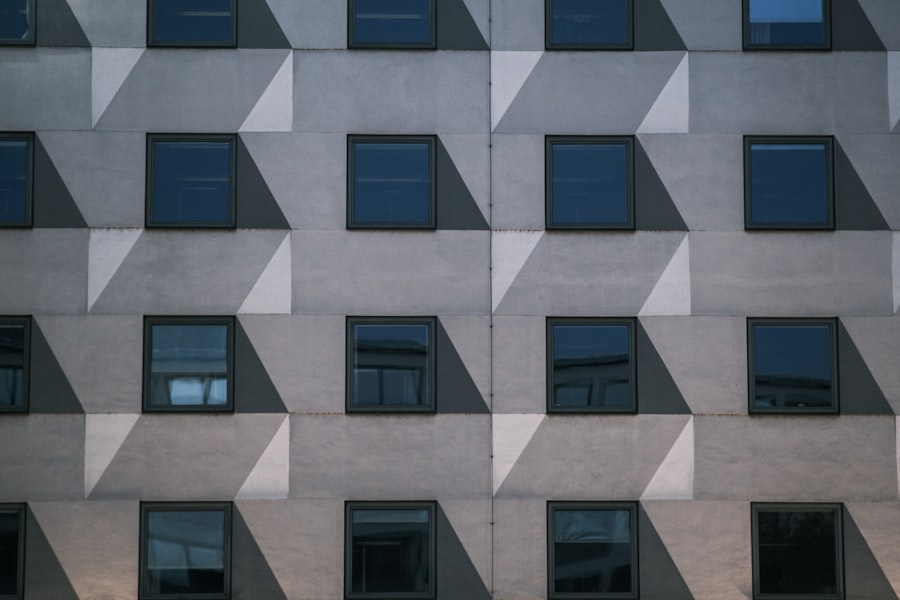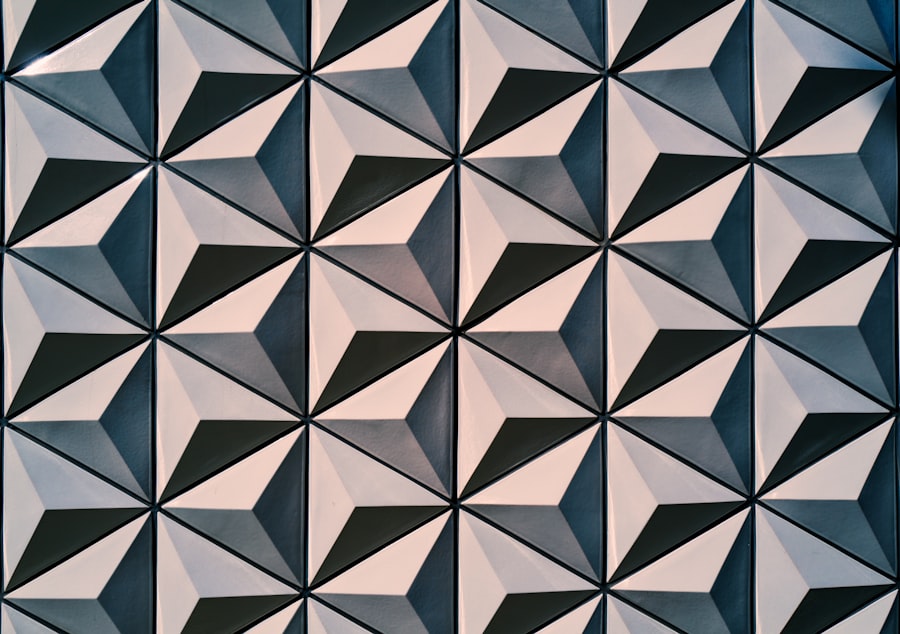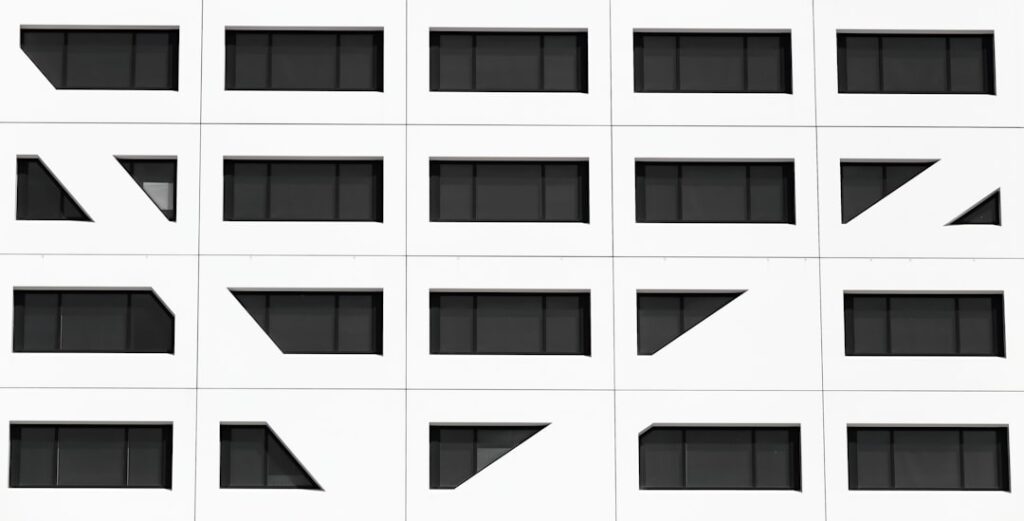As I delve into the world of web design and development, I find myself increasingly drawn to the capabilities of Gutenberg block patterns. Introduced with WordPress 5.0, Gutenberg revolutionized the way we create and manage content on our websites. Block patterns are pre-defined layouts that allow me to assemble complex designs with ease, enhancing both the aesthetic appeal and functionality of my pages.
They serve as a powerful tool for anyone looking to streamline their workflow while maintaining a high level of customization. The beauty of block patterns lies in their versatility. Whether I am building a personal blog, a corporate website, or an online store, these patterns can be tailored to fit my specific needs.
They not only save time but also inspire creativity by providing a foundation upon which I can build unique designs. As I explore the various aspects of block patterns, I am excited to uncover how they can elevate my web projects and improve user experience.
Key Takeaways
- Gutenberg Block Patterns are pre-designed groups of blocks that can be easily added to a page or post in the WordPress editor.
- Block patterns are made up of different blocks, such as text, images, and buttons, arranged in a specific layout to create a predefined design.
- Customizing block patterns with CSS allows for further design flexibility, such as changing colors, fonts, and spacing.
- Adding interactivity to block patterns can be achieved through the use of block settings and attributes, allowing for user input and dynamic content.
- Leveraging JavaScript for custom block patterns enables more advanced functionality, such as animations, transitions, and dynamic data fetching.
Understanding the Structure of Block Patterns
To fully appreciate the potential of block patterns, I must first understand their underlying structure. At their core, block patterns are collections of blocks that can be inserted into the Gutenberg editor with a single click. Each pattern is composed of various blocks—such as paragraphs, images, buttons, and columns—that work together to create a cohesive layout.
This modular approach allows me to mix and match different elements, resulting in a design that is both functional and visually appealing. When I create or utilize a block pattern, I notice that it often includes specific attributes that define its appearance and behavior. For instance, I can specify the alignment of blocks, set background colors, or even adjust spacing between elements.
Understanding these attributes is crucial for me to customize patterns effectively. By familiarizing myself with the structure of block patterns, I can better manipulate them to suit my design vision and ensure that they align with my overall branding.
Customizing Block Patterns with CSS

One of the most exciting aspects of working with block patterns is the ability to customize them using CSS. As I dive into this realm, I realize that CSS offers me a powerful means to enhance the visual appeal of my patterns beyond their default settings. By applying custom styles, I can create unique designs that reflect my personal or brand identity.
For instance, I might want to change the font styles, adjust colors, or modify spacing to achieve a more polished look. To begin customizing block patterns with CSS, I typically start by identifying the specific classes or IDs associated with the blocks within the pattern. This allows me to target them directly in my stylesheet.
Once I have pinpointed the elements I want to modify, I can write custom CSS rules that will override the default styles. This process not only enhances the aesthetics of my website but also provides me with an opportunity to learn more about CSS and its capabilities.
Adding Interactivity to Block Patterns
In today’s digital landscape, interactivity plays a crucial role in engaging users and enhancing their experience on my website. As I explore ways to add interactivity to my block patterns, I discover various techniques that can make my content more dynamic and engaging. For example, I might incorporate hover effects on buttons or images, allowing users to see visual feedback when they interact with elements on the page.
Another approach I find effective is using animations to draw attention to specific areas of my block patterns. By applying subtle animations, such as fading in elements as they come into view or sliding them from one side of the screen to another, I can create a more immersive experience for my visitors. These interactive elements not only make my website more visually appealing but also encourage users to explore further and engage with my content.
Leveraging JavaScript for Custom Block Patterns
As I continue my journey into customizing block patterns, I realize that JavaScript offers even more possibilities for enhancing functionality and interactivity. By leveraging JavaScript, I can create custom block patterns that respond to user actions in real-time. For instance, I might implement a feature that allows users to toggle between different content views or dynamically load additional information without refreshing the page.
Incorporating JavaScript into my block patterns requires a solid understanding of both the language itself and how it interacts with the WordPress environment. I often start by enqueuing my custom scripts in WordPress, ensuring they are loaded correctly on my site. Once my scripts are in place, I can use event listeners to trigger specific actions based on user interactions.
This level of customization not only enhances user experience but also sets my website apart from others by offering unique features that cater to my audience’s needs.
Testing and Troubleshooting Custom Block Patterns

As I embark on creating custom block patterns, I quickly learn that testing and troubleshooting are essential components of the development process. After implementing new features or styles, it’s crucial for me to test how they perform across different devices and browsers. This ensures that my website remains accessible and functional for all users, regardless of how they choose to access it.
When issues arise—whether it’s a layout breaking on mobile devices or JavaScript not functioning as intended—I find it helpful to adopt a systematic approach to troubleshooting. By isolating specific elements and testing them individually, I can identify the root cause of the problem more efficiently. Additionally, utilizing browser developer tools allows me to inspect elements in real-time and make adjustments on the fly.
This iterative process not only helps me resolve issues but also deepens my understanding of how block patterns work within the WordPress ecosystem.
Best Practices for Creating Custom Block Patterns
As I gain more experience in creating custom block patterns, I begin to recognize several best practices that can streamline my workflow and enhance the quality of my designs. First and foremost, maintaining consistency across my patterns is vital. This means using similar color schemes, typography, and spacing throughout my designs to create a cohesive look that aligns with my brand identity.
Another best practice involves optimizing performance by minimizing unnecessary code and ensuring that my block patterns load quickly. This includes using efficient CSS and JavaScript practices, such as combining files where possible and avoiding excessive use of large images or complex animations that could slow down page load times. By prioritizing performance alongside aesthetics, I can create an enjoyable experience for users while also improving my website’s search engine rankings.
Showcasing Custom Block Patterns in Your Website
Finally, as I complete my custom block patterns, showcasing them effectively on my website becomes a priority. A well-organized presentation not only highlights the versatility of my designs but also encourages visitors to explore different layouts and features. To achieve this, I often create a dedicated section on my site where users can view examples of each pattern in action.
In addition to displaying my custom block patterns visually, I find it beneficial to provide context for each design by explaining its intended use or offering tips on how others can customize it further. This not only adds value for visitors but also positions me as a knowledgeable resource within the WordPress community. By sharing my experiences and insights related to block patterns, I contribute to a collaborative environment where others can learn from my journey while inspiring me in return.
In conclusion, exploring Gutenberg block patterns has opened up a world of possibilities for me as a web designer and developer. From understanding their structure and customizing them with CSS to adding interactivity through JavaScript, each step has enriched my skill set and enhanced my ability to create engaging websites. By adhering to best practices and effectively showcasing my work, I am excited about the future of my web projects and the impact they will have on users around the globe.
If you’re interested in expanding your knowledge on WordPress development, particularly in creating custom Gutenberg block patterns, you might find it useful to explore related topics such as server migration. A relevant article that delves into the intricacies of migrating from one server to another using CyberPanel can provide valuable insights into managing your WordPress environment effectively. For more information, you can read the article on CyberPanel to CyberPanel: Migrating to Another Server. This resource can help you understand the technical aspects of server management, which is crucial when working with custom WordPress solutions.
FAQs
What are Gutenberg block patterns?
Gutenberg block patterns are predefined layouts of blocks in the WordPress block editor. They allow users to quickly add complex block arrangements to their posts or pages.
How can I create custom Gutenberg block patterns?
To create custom Gutenberg block patterns, you can use the WordPress block editor to design a layout using various blocks, and then save it as a reusable block pattern.
Can I use custom styles in Gutenberg block patterns?
Yes, you can use custom CSS styles to customize the appearance of your Gutenberg block patterns. This allows for greater flexibility in design and layout.
Are Gutenberg block patterns responsive?
Yes, Gutenberg block patterns are responsive by default, meaning they will adapt to different screen sizes and devices for a consistent user experience.
Can I share my custom Gutenberg block patterns with others?
Yes, you can easily share your custom Gutenberg block patterns with others by exporting them from the block editor and then importing them into other WordPress sites.
